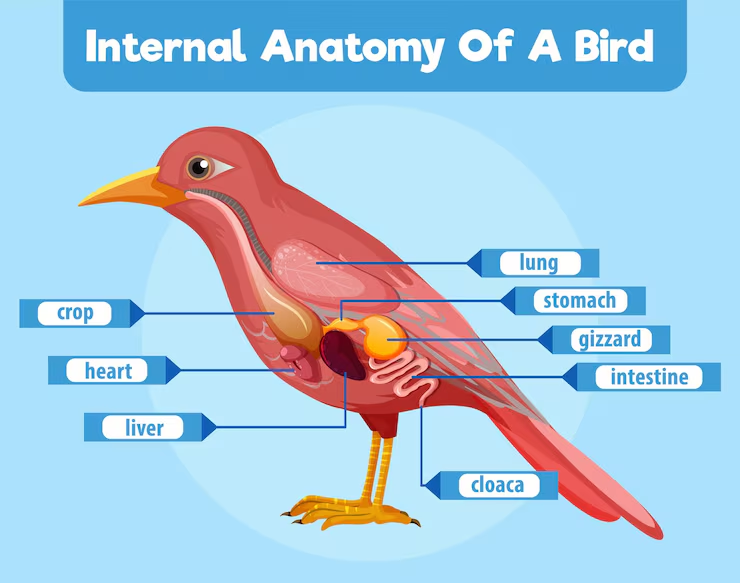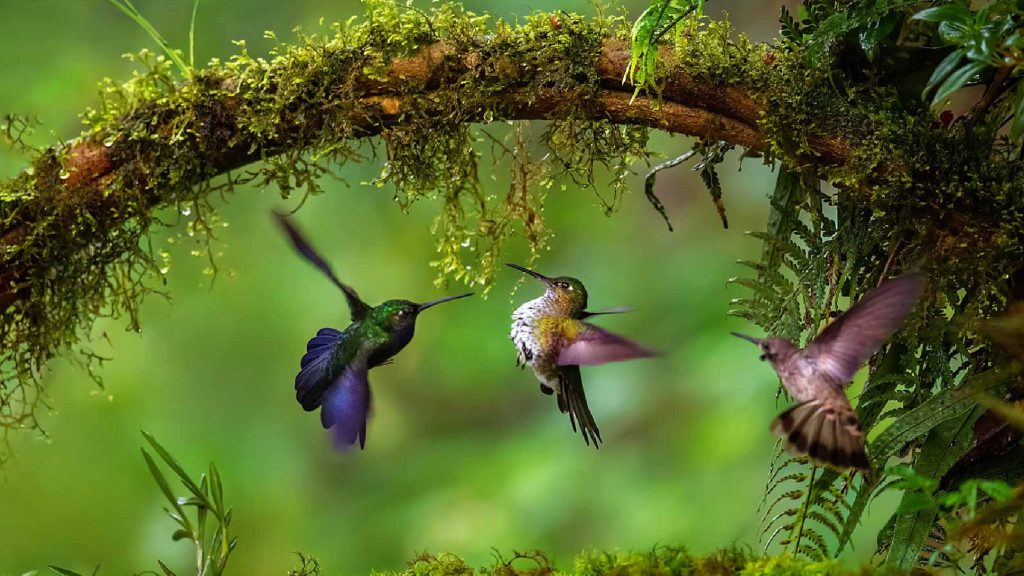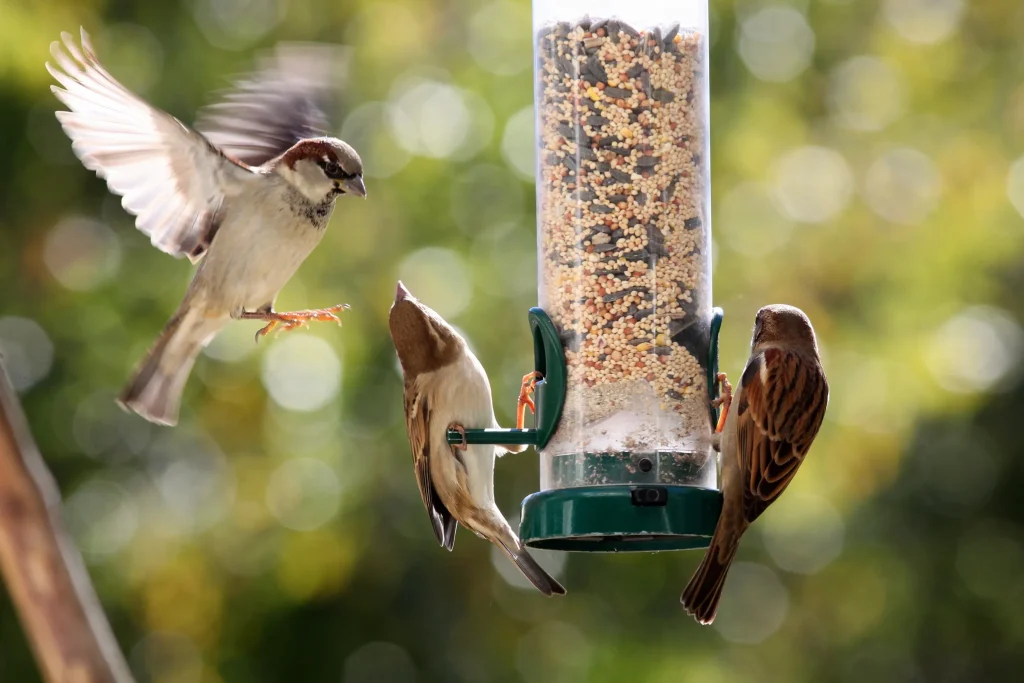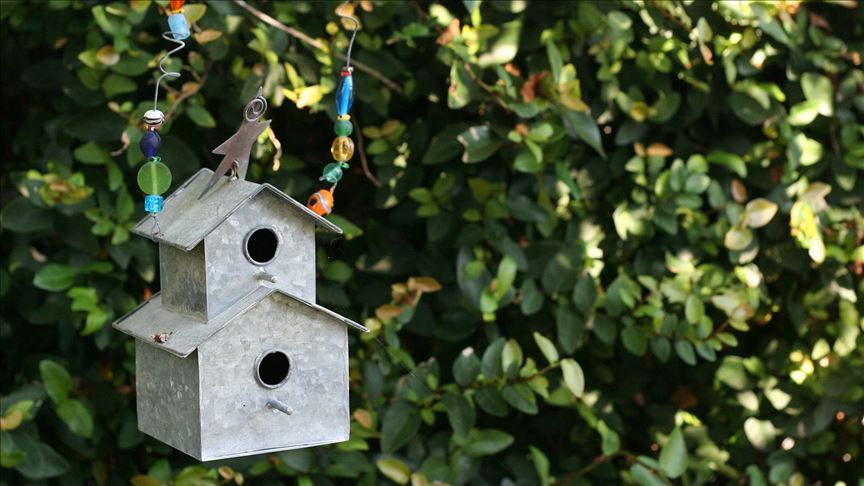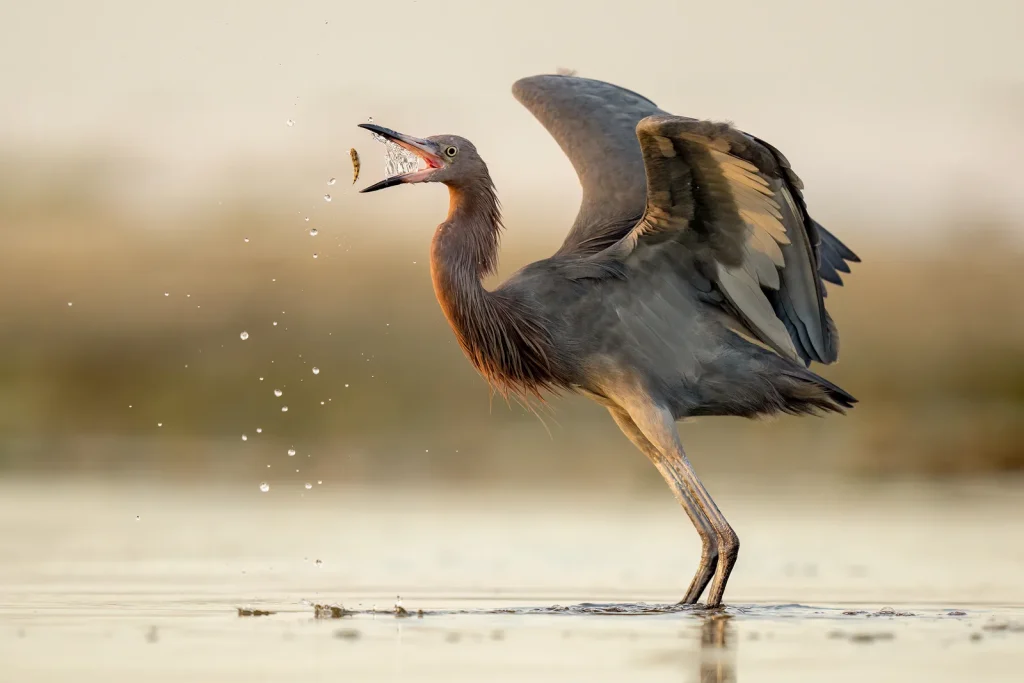Have you ever come across a bird struggling to fly, its wing awkwardly drooping at its side? Witnessing such a delicate creature in distress tugs at the heartstrings.
You feel an urge to help, but where do you start? Understanding how to treat a broken bird wing is crucial for giving these little avian friends a chance at recovery. In this guide, we’ll walk you through the essential steps to care for an injured bird, ensuring you can make a real difference.
With the right knowledge and a gentle touch, you can become a lifeline for a bird in need. Ready to learn how you can help these fragile creatures soar once more? Let’s dive in.
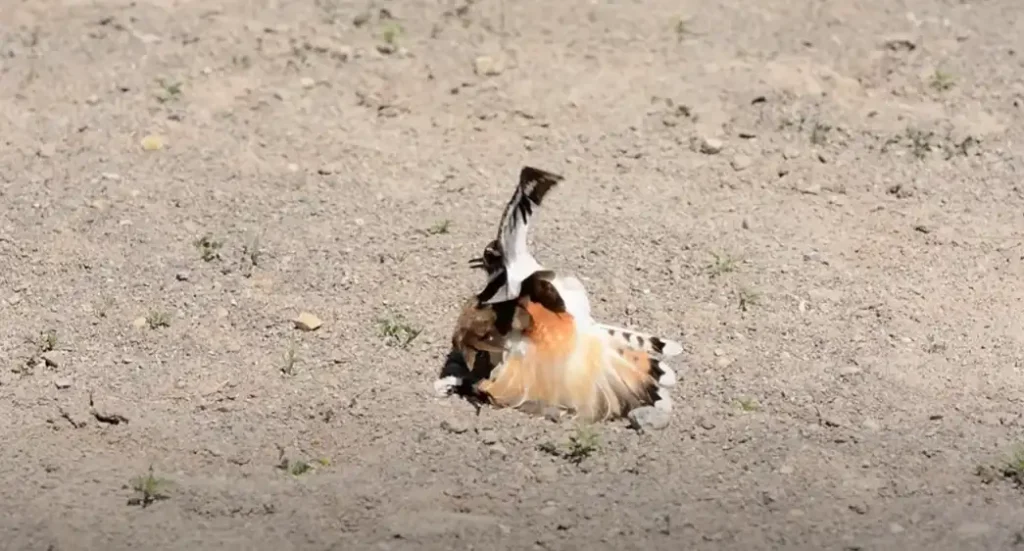
Credit: www.earthofbirds.com
Signs Of A Broken Wing
Birds can hide injuries well, so spotting a broken wing early helps. Knowing the signs can save your bird from pain.
Look for changes in how your bird moves and acts. Both physical and behavior signs tell a story.
Physical Symptoms
Physical signs show if the wing is hurt. These signs are often easy to see if you look closely.
- Swelling around the wing
- Visible deformity or unnatural wing position
- Bird holds the wing away from its body
- Bruising or bleeding on the wing
- Feathers may be ruffled or missing near the injury
- Bird cries out in pain when the wing is touched
Behavioral Changes
A broken wing changes how a bird acts. Watch for these behavior signs to catch injury early.
| Behavior | What It Means |
| Less flying or no flying | Wing likely hurts or is broken |
| Resting more than usual | Bird feels weak or in pain |
| Less eating or drinking | Stress or pain from the injury |
| Hiding or being quiet | Bird tries to protect itself |
| Flapping the wings gently | Trying to test or move the injured wing |
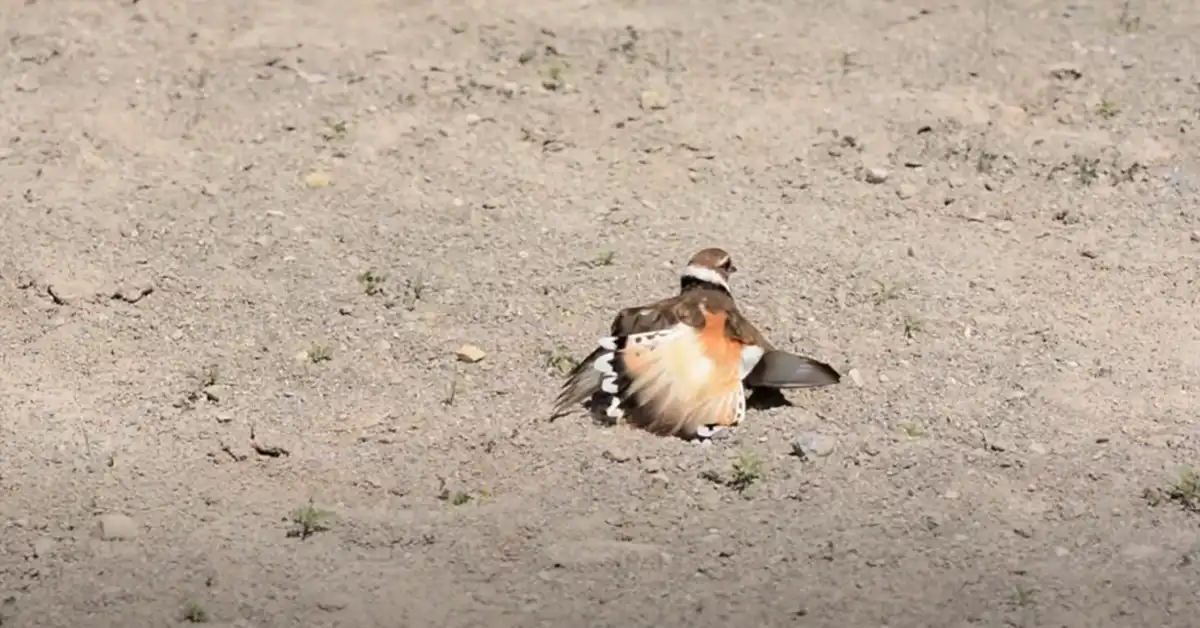
Credit: www.earthofbirds.com
Initial Care Steps
Helping a bird with a broken wing needs quick and careful action. You must keep the bird calm and safe. Proper first care can make a big difference.
Follow simple steps to handle the bird gently and create a quiet space. This helps the bird feel secure and lowers stress.
Safe Handling Techniques
Hold the bird carefully to avoid more injury. Use a soft cloth or towel to wrap the bird. This keeps the wings still and protects you from scratches.
Always support the bird’s body and keep its head free. Move slowly to prevent panic. Avoid holding the damaged wing.
- Wear gloves if possible for protection
- Wrap the bird gently in a towel
- Support the bird’s body firmly but gently
- Keep the bird’s head uncovered and free
- Do not touch or move the broken wing
- Move slowly and calmly
Creating A Comfortable Space
Place the bird in a small, quiet box or cage. Use soft cloth or paper towels to line the bottom. This keeps the bird warm and stops it from moving too much.
Keep the space away from noise, pets, and bright light. Check that the bird has fresh air but is safe from drafts.
- Use a small box or pet carrier
- Line it with soft cloth or towels
- Keep the box in a quiet, dim room
- Avoid places with loud sounds or pets
- Ensure good air flow without drafts
First Aid For Broken Wings
Birds with broken wings need quick care to reduce pain. Acting fast helps the wing heal better.
Use gentle handling to avoid causing more injury. Keep the bird calm and still during first aid.
Immobilizing The Wing
Keep the broken wing from moving to stop more damage. Use soft materials to hold the wing still.
Wrap the wing gently against the bird’s body. Avoid tight wraps that block blood flow or breathing.
- Use a soft cloth or gauze to support the wing
- Secure the wing with medical tape or strips
- Check for tightness and loosen if needed
- Keep the bird in a small, quiet space to rest
Cleaning Wounds
Clean any cuts or open wounds to prevent infection. Use clean water or saline for washing the wounds.
Remove dirt carefully. Avoid using harsh chemicals that can hurt the bird.
- Use lukewarm water or saline solution
- Gently wipe away dirt with a soft cloth
- Do not scrub or press hard on the wound
- Dry the area with a clean cloth after cleaning

Credit: www.reddit.com
When To Seek Veterinary Help
A broken wing in a bird is a serious injury. It can cause pain and stop the bird from flying. Knowing when to see a vet is very important. Early help can save the bird’s life and wing function.
Some signs show that the bird needs urgent care. Other times, you need a special vet for the bird’s injury. Learn when to get help and who to choose.
Emergency Situations
Go to a vet right away if the bird has a broken wing. This is an emergency that needs quick action. The bird might bleed, cry out, or hide the wing.
Look for these signs that need fast care:
- Swollen or bent wing at an odd angle
- Bird is bleeding from the wing
- Bird cannot stand or fly
- Bird shows signs of pain or distress
- Wing hangs loosely from the body
In these cases, do not try to fix the wing yourself. Keep the bird calm and safe. Place it in a small box with soft cloth. Take it to the vet immediately.
Choosing A Specialist
Not all vets treat bird injuries. You need a vet who knows birds well. A specialist can give the best care for a broken wing.
Look for these qualities in a vet:
- Experience with birds and their bones
- Access to X-rays or imaging tools
- Ability to do surgery if needed
- Good reviews from bird owners
- Offers follow-up care and support
A specialist helps the bird heal properly. They prevent future problems and pain. Always ask questions about their experience with broken wings.
Treatment Options
Treating a broken bird wing needs care and patience. The right steps help the bird heal well.
Knowing how to treat the wing can save the bird’s life. Let’s look at the main ways to help.
Splinting And Bandaging
Splinting holds the broken wing in place. It stops movement and helps the bone heal.
Bandaging protects the wing and keeps the splint secure. It also keeps the wing clean.
- Use soft materials for the splint to avoid hurting the bird.
- Apply the splint gently along the wing bones.
- Wrap the bandage without making it too tight.
- Check the bandage often for swelling or discomfort.
- Change the bandage if it gets wet or dirty.
Medications And Pain Relief
Birds feel pain from broken wings, so giving pain relief is important. Use only vet-approved medicines.
Anti-inflammatory drugs reduce swelling and ease pain. Antibiotics may stop infections if skin is broken.
- Use painkillers prescribed by a vet only.
- Follow the correct dose and schedule strictly.
- Watch the bird for side effects or changes in behavior.
- Keep the bird calm and in a quiet space during recovery.
Rehabilitation Techniques
Rehabilitation helps a bird recover after a broken wing. It focuses on restoring strength and movement. Patience and gentle care are key during this time.
Using specific techniques can improve healing. These methods support the bird’s natural ability to regain wing function.
Physical Therapy
Physical therapy includes gentle massage and movement exercises. These help reduce stiffness and improve blood flow. Start only after the bone begins to heal.
- Massage the wing softly to ease tension.
- Move the wing slowly in small circles.
- Avoid forcing any movement that causes pain.
- Repeat therapy sessions twice daily for best results.
Gradual Wing Exercise
Gradual wing exercises help the bird regain strength and flexibility. These should start with small movements and increase over time.
| Exercise | Purpose | Duration |
| Wing stretches | Improve flexibility | 2 minutes |
| Light flapping | Build muscle strength | 5 minutes |
| Assisted flying | Increase endurance | 10 minutes |
Preventing Future Injuries
Taking care of a bird with a broken wing is only the first step. It is important to prevent future injuries. Creating a safe space and giving the right food help birds heal and stay strong.
Safe habits and a healthy diet make a big difference. These tips will guide you in protecting your bird from harm.
Safe Environment Tips
Birds need a space free from dangers that can cause new injuries. Keep their area clean and secure to protect their wings and bodies.
- Remove sharp objects and loose wires
- Keep cages away from fans and open windows
- Use perches of safe size and material
- Provide soft bedding to cushion falls
- Limit access to high places where birds can fall
Diet And Nutrition
Good nutrition helps bones heal faster and keeps your bird healthy. A balanced diet supports strong wings and overall wellness.
| Food Type | Benefits | Examples |
| Protein | Builds muscle and repairs tissue | Cooked eggs, beans, and lean meats |
| Calcium | Strengthens bones and feathers | Leafy greens, cuttlebone, fortified pellets |
| Vitamins | Supports immune system and healing | Fresh fruits and vegetables |
| Water | Keeps bird hydrated and healthy | Fresh, clean water daily |
Monitoring Healing Progress
After treating a bird’s broken wing, watch its healing carefully. This helps ensure the wing gets better and avoids more harm.
Keep track of changes in the bird’s behavior and wing condition every day. Small signs show if the healing is going well.
Signs Of Improvement
Look for clear signs that the bird’s wing is healing. These signs show the treatment is working and the wing is getting stronger.
- The bird starts using the wing more without pain.
- Swelling and bruises around the wing reduce.
- The bird can flap or stretch its wing gently.
- There is less redness or warmth near the injury.
- The bird becomes more active and eats well.
When To Revisit The Vet
Sometimes the wing may not heal as expected. Visiting the vet again can prevent problems and help the bird recover fully.
Check with the vet if you notice these signs:
- The bird shows constant pain or cries often.
- The wing looks more swollen or changes color.
- The bird stops eating or becomes very weak.
- The wing moves oddly or seems unstable.
- No improvement after several days of care.
Frequently Asked Questions
How Can I Tell If A Bird’s Wing Is Broken?
Look for swelling, bruising, or inability to fly. The bird may hold the wing awkwardly or cry out in pain. Observe for visible deformities or open wounds near the wing.
What Should I Do Immediately For A Broken Bird Wing?
Gently restrain the bird to prevent further injury. Place it in a quiet, warm, and safe space. Avoid trying to fix the wing yourself and contact a vet promptly.
Can I Treat A Broken Bird Wing At Home?
Home treatment is limited to stabilizing the bird and preventing movement. Proper healing requires professional veterinary care, including X-rays and splinting or surgery.
How Long Does It Take For A Bird’s Wing To Heal?
Healing time varies but usually takes 4 to 6 weeks with proper care. Follow-up vet visits are essential to monitor recovery and adjust treatment as needed.
Conclusion
Treating a broken bird wing takes patience and care. Act quickly to reduce pain and prevent infection. Keep the bird calm and safe in a quiet space. Gently clean the wound and support the wing with soft padding. Seek help from a vet for proper healing advice.
Watch the bird closely for any changes or signs of discomfort. Healing takes time, but your care makes a big difference. Small steps lead to a strong, healthy wing again. Keep hope and stay gentle throughout the process.

